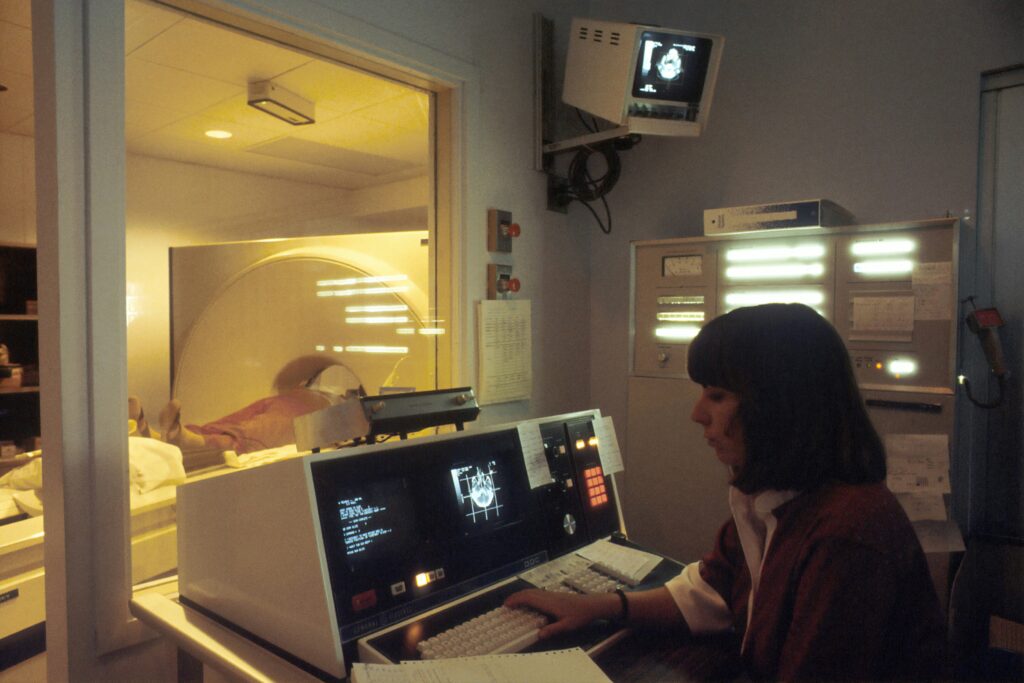
In a groundbreaking study, researchers have identified the liver as a key player in cancer cachexia, a debilitating syndrome characterized by severe body wasting. Conducted at Helmholtz Munich, the research reveals that a specific gene, typically responsible for regulating liver activity, becomes dysfunctional in cachexia, leading to significant metabolic disruptions. This discovery could pave the way for novel diagnostic and therapeutic strategies.
The study, published recently, highlights how the liver’s internal clock gene, known as REV-ERBα, is almost entirely silenced in cachexia. This gene’s inactivity triggers a cascade of metabolic changes that exacerbate the syndrome. “After reactivating the gene, known as REV-ERBα, specifically in the liver of affected mice, the loss of body mass was significantly reduced,” stated Dr. Doris Kaltenecker, co-first author of the study, emphasizing the potential impact of these findings.
The Silenced Clock Gene and Its Implications
Cachexia, often seen in cancer patients, involves a profound reprogramming of liver metabolism. The study utilized a mouse model to demonstrate that the liver’s internal clock is almost completely shut down in cachexia. This disruption leads to the liver releasing increased levels of disease-promoting factors.
Dr. Søren Fisker Schmidt, co-first author, noted that reactivating REV-ERBα in the liver significantly mitigated body mass loss in affected mice. This finding suggests a direct link between the liver’s metabolic clock and the physical wasting observed in cachexia.
Liver-Derived Signaling Molecules: Catalysts of Cachexia
The research team identified several genes regulated by REV-ERBα that are involved in producing liver-derived signaling molecules. When the clock gene is inactive, the liver increases the release of hepatokines, such as LBP, ITIH3, and IGFBP1. These molecules were shown to trigger catabolic processes in muscle and fat cells, leading to tissue degradation and the severe wasting seen in cachexia.
In cell culture experiments, these hepatokines were found to elevate significantly in the blood of cachectic patients with various cancers. Preclinical models demonstrated that targeted inhibition of these factors could successfully reduce their harmful effects, offering a potential therapeutic avenue.
New Perspectives for Diagnosis and Therapy
Dr. Mauricio Berriel Diaz, who led the study, remarked, “For the first time, we were able to show that the liver is not merely a passive responder to cachexia, but actively contributes to the progression of the disease.” This insight opens new possibilities for diagnosing the syndrome and exploring therapeutic interventions.
The study provides a comprehensive data resource on the liver’s role in cachexia, detailing molecular networks, cell type-specific changes, and functional outcomes in preclinical models. This dataset is now available to the scientific community, offering a valuable tool for further research.
In the long term, the identified factors could serve as biomarkers for cachexia risk or as targets for new therapies. Prof. Stephan Herzig, Director of the Helmholtz Diabetes Center, emphasized the urgency of new approaches, stating, “Given that there is currently no approved treatment for cachexia, we urgently need new approaches.”
About the Researchers and Helmholtz Munich
Dr. Doris Kaltenecker is a scientist at the Institute for Diabetes and Cancer (IDC) at Helmholtz Munich, contributing significantly to this research alongside Dr. Mauricio Berriel Diaz, Deputy Director of the IDC. Prof. Stephan Herzig, a leading figure in metabolic research, also played a pivotal role in this study.
Helmholtz Munich, a leading biomedical research center, focuses on developing breakthrough solutions for better health. Its interdisciplinary teams address environmentally triggered diseases, with a particular emphasis on diabetes, obesity, allergies, and chronic lung diseases. The center leverages artificial intelligence and bioengineering to accelerate patient care innovations.
With approximately 2,500 employees, Helmholtz Munich is a member of the Helmholtz Association, Germany’s largest scientific organization. More information about their work can be found on their website.





